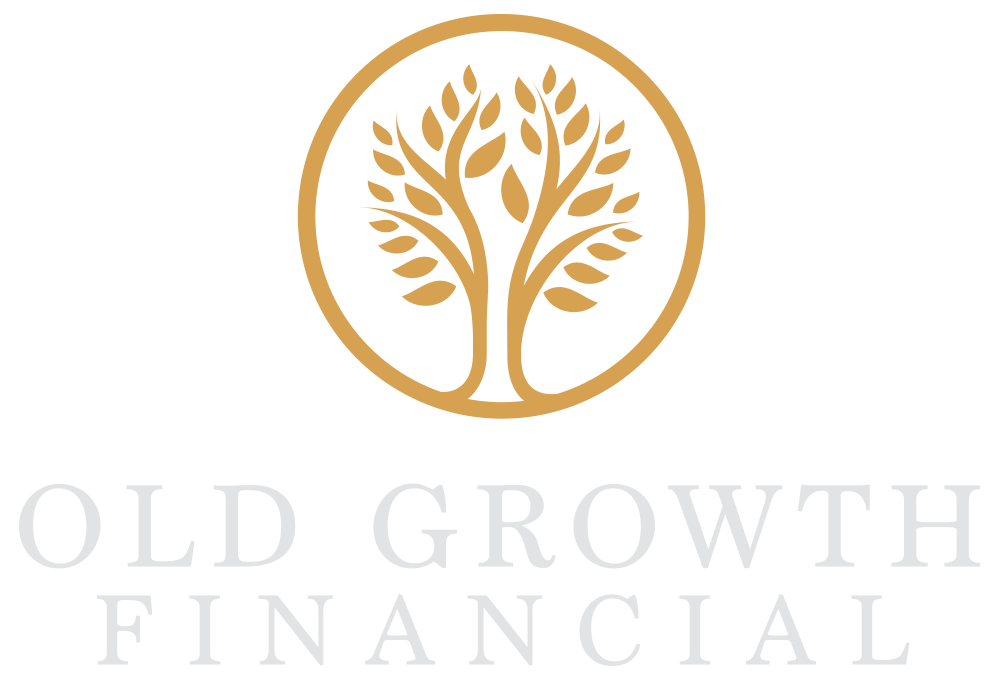The Hierarchy of savings

Where’s the best place to stash this extra cash?
Beyond Paycheck to Paycheck
When you first started your career, your paycheck may not have stretched too far. It covered your rent,
your food, your loan payments, and you were left with a little bit to have fun with. Your cash flow was
positive, but deciding where to put your money wasn’t too difficult, because almost all of that money
was already earmarked for basic living expenses. You may not have been scraping by, but there just
wasn’t a big surplus to save.
As you advance in your career and start making more money each month, you’ll find yourself with a
more money each month, which you’ll want to do something with. Maybe you’ll increase your
emergency fund, start saving (more) in your 401(k), or inflate your lifestyle a little. Once you’re living
beyond paycheck-to-paycheck, you need to decide how to prioritize your extra monthly savings.
First Savings Priority – Get Rid of High-Interest Debt
Your first priority in building savings is to be sure your debt isn’t bleeding you dry. If you’re carrying any
credit card debt (where you’re paying interest), the first thing to do with your extra money is to chip
away at that credit card debt as fast as possible. Credit card interest rates tend to be very high (usually
15-20%) and that interest adds up quickly. The advantage to this strategy is that you’ll quickly wind up
with more money each month to save, once you’re not throwing money away on credit card interest.
Troy’s note: you’re recommending paying off cc debt before building an emergency fund. Curious that
the “Prime Directive” has that in the opposite order. I’d love to hear your thoughts on why you
recommend this order, and you may want to explain in this article, too.
Second Savings Priority – Emergency Fund
After you’ve paid off any credit card debt, you should start building your emergency fund. The amount
you will need in an emergency fund depends on your individual situation. Usually, your goal will be to
save up 3 – 6 months of living expenses.
Third Savings Priority – Retirement Accounts
Once you have your emergency fund all set, your next priority should be retirement savings. This is
especially true if your employer is willing to match any contributions you make. If they do, you should
always contribute at least enough to maximize the employer match – HEY, FREE MONEY! Beyond the
company match, it may make sense for you to save up to the maximum annual allowance to begin to
build your retirement wealth.
Once you’ve paid off high-interest debt, built your emergency fund and secured any company match in
your retirement account, you can begin to look at your broader financial goals and how to prioritize
saving for them.
Saving for Short-Term Goals
The types of savings goals you have will inform how you invest the money you’ve saved for those goals.
You can divie your goals into three categories: short-term, medium-term andong-term. With short-term
goals, you will spend the money in the next 12 months. Examples of short-term goals are travel, home
improvement projects, events (such as a wedding) or purchases of consumer goods.
Savings for short-term goals should be kept liquid, meaning easily accessible. These funds shouldn’t be
caught up in CD’s or treasury bonds that may have penalties for withdrawals. Instead, your short-term
savings should be kept in a checking or savings account. You won’t be earning hardly any interest on this
money, but you know you can count on it being there for you to spend at the drop of a hat.
Saving for Medium Term Goals
With medium-term goals, you will plan to spend the money in one to five years. An example of a
medium-term goal would be a down payment for purchasing a car or a home.
Savings for medium-term goals can be kept in a less-liquid account such as a CD, high yield savings
account or treasury bond. This type of savings won’t be quite as easy to access at the drop of a hat, but
it will earn more interest. And most-importantly, you still won’t be taking on any risk, compared to
investing the money in the stock market.
Saving for Long-Term Goals
Long-term goals are where you don’t plan to spend the money for at least five years. An example would
be saving for a child’s college education. With these funds, you can take on some risk by investing in the
market though stocks and bonds. Because you have a longer timeline before you need to spend the
funds, you can take on the risk of short-term loss because you don’t care what the market does in the
next 6 months – you only care about what the market does over a long number of years. With that risk
of loss comes the benefit that your long-term investment returns will likely be significantly higher.
Tax-Advantaged Savings
If you’re not already maxing out your retirement accounts, these accounts may be the first place to look
when it comes to long-term savings, because of their tax advantages. Employer retirement accounts,
such as a 401(k) or 403(b), allow for tax-deferred savings. You won’t immediately pay taxes on the
portion of your income you put in these accounts, so you can reduce your current tax bill. Instead, you’ll
pay the taxes when you start using this money – presumably after you retire, when your income is lower.
Some of these employer accounts also offer a Roth option, where you can make after-tax contributions,
but your money grows tax free. If you can, you may want to diversify by placing some of your long-term
savings in each type of account.
Other tax advantaged accounts are Traditional IRAs and Roth IRAs. These accounts work similarly to
employer-based retirement plans, except you manage them yourself. Your eligibility to contribute to
and take advantage of these types of accounts depend on your individual financial situation.
Beyond retirement accounts, other tax-advantaged accounts include Health Savings Accounts (for
individuals with eligible high-deductible health plans), flex spending accounts, and 529 college savings
accounts.
While the accounts listed above may help you to save on current and future tax bills, many have
penalties for taking withdrawals early or for inappropriate use. You should get an understanding of the
rules for these types of accounts before contributing.
Beyond Tax-Advantaged Savings
Once you have maximized your tax savings through tax-advantaged accounts you can begin to save in a
taxable brokerage account. While there aren’t any tax savings from this type of account, a brokerage
account won’t have the same timing and usage restrictions that tax-advantaged accounts have. You can
take your money out at any time for any reason without incurring penalties. Keep in mind, though, that
you may owe capital gains taxes on any sales of investments that have increased in value.
Need more help deciding how to prioritize your savings? Contact us at Old Growth Financial so we can
help you get started for a better financial future today!
